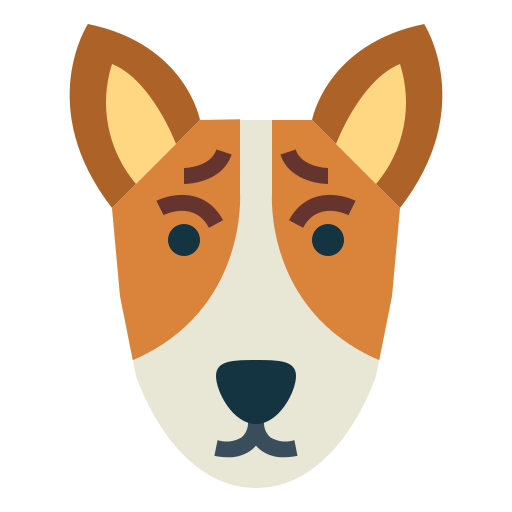Nothing In Life is Free Program/Training (NILF)
-
**Here is some great training tips called "NILF" (Nothing In Life is Free) it is a great training method. The program is not difficult to put into effect and it's not time consuming if the dog already knows a few basic obedience commands. Easiest way to describe this training is that the dog must work for everything that it does and it cannot demand the attention or action. For example the dog must sit before being petted, receiving meals, before walking out the door for walks and even getting in and out of the car.
Also this program doesn't have to be used just for dogs that have behavioral issues, it can be used for all dogs. I use it for my boxer because we go out in public all the time so having him go through basic obedience using the NILF program works to help keep him focused in public, pay attention to me, and ignore most distractions (and TRUST me boxers get distracted VERY easily).
And this program can be used for any dog, here are some quotes from several articles**
I've never seen this technique fail to bring about a positive change in behavior, however, the change can be more profound in some dogs than others. Most owners use this program in conjunction with other behavior modification techniques such as coping with fear or treatment for aggression. It is a perfectly suitable technique for the dog with no major behavior problems that just needs some fine tuning.
Dominance rolls, aplha rolls, harsh corrections in order to gain control of your dog and show him “who calls the shots” are a thing of the past. Instead of force, humans can use ignoring certain behaviors and having the dog work for privileges to teach the dog that humans are in charge
When first beginning a NILIF program the dog may get a bit confused. “Hey, this always worked in the past!” Chances are he will now try in earnest to get your attention. He will burst, explode and the behavior will get worse – or as I call it – The Storm Before the Calm. Hold your ground and do not give in. Giving in at any time is going to encourage the undesired behavior to continue. “See, I finally broke you down!”
Think of it as a toddler throwing tantrums and always getting what he wants. First time child sees something he wants and starts to fuss, mom gives in. She has just started the cycle of “If I fuss, I will get it.” Next time mom ignored the fussing, the child escalates a bit. Mom gives in and child realizes “Gee, I got her to break down.” The next time, the child will work even harder to get mom to give in if she does not crack immediately. The more mom breaks down, the more the child will throw that tantrum. If mom puts her foot down and ignores the tantrum, the child will escalate it trying to get his own way again. She may have to endure hours of screaming, kicking feet, tears, wailing, throwing things, even the child gagging and possibly even vomiting as he works up that frenzy. Eventually, the child will stop. The tantrum just does not work any more. Yelling, or even pushing the child away is not what he is looking for, but it is something and a sign that mom is breaking. You need to totally turn off to the tantrum and endure it. As long as a child is not hurting himself, others, or breaking things, tantrums can often be allowed to run their course with children. This is very similar with dogs. For some dogs, attention is attention - be it positive or negative. Use the denial of any attention instead. Endure the extinction period and things will improve if everyone in the house is consistent. Again, you can give all the attention you want to the dog as long as it is by YOUR RULES and not his!
**Here are some articles that describes the program/training and how it works.
**
http://k9deb.com/nilif.htm
http://www.ddfl.org/behavior/nilif.pdf
http://www.dogbreedinfo.com/nothingfree.htm
